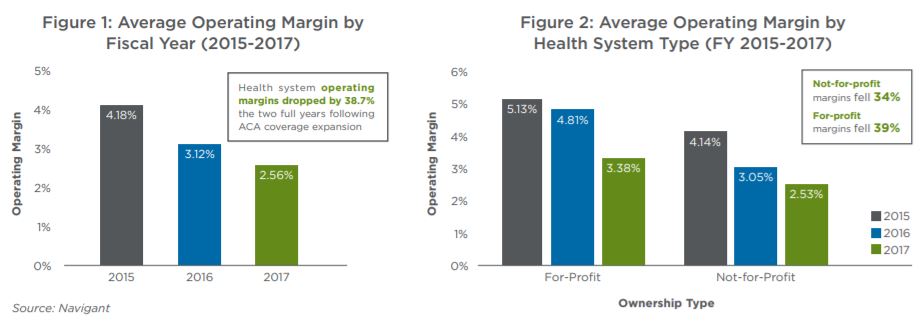
The evolution of supply chain management is having a significant impact on the overall success or failure of a hospital. Efficiency, transparency, and quality data will be critical to a health system’s successful 2019 supply chain strategy. Simply following the same trajectory as years past with your existing supply chain isn’t going to provide results in the future and could potentially do some harm. Hospitals and health systems need to transform their supply chains – aiming for best-in-class operations.
Changes Coming to the Healthcare Supply Chain
Becker’s Hospital Review has identified nine predictions for the 2019 healthcare supply chain. In this post, we explore the anticipated changes that relate directly to purchased services and how you can be the most prepared for them.
- U.S. hospitals are facing record levels of bankruptcy. According to Bloomberg, hospital bankruptcies tripled in 2017, and 2018 kept the pace with over 20 bankruptcies. Why the uptick? Hospitals and health systems are facing multiple financial stressors such as regulatory changes, technology needs, reduction in Medicaid and Medicare payments, and the rise of urgent care centers. Cutting costs wherever possible remains a priority. Vulnerable hospitals should look to their supply chain and purchased services to find efficiencies and cut waste.
- Healthcare margins will continue to decline or completely vanish. A Navigant study found that health system operating margins have dropped 34% to 39% in the last three years. The study points to the fact that expenses are growing at a faster pace than revenue. During the three-year period, many of the systems in the sample had major expense reduction initiatives underway, but they could not keep pace with revenue declines and expenses still increased slightly.

- Hospitals will find success with rigorous supply chain and purchased services expense management strategies and best practices. Those strategies must be based on complete spend data visibility, accurate projections, and introducing new areas for cost analysis and reduction, such as encouraging the supply chain to reach across departments where they have not traditionally had influence (e.g. IT, marketing).
- Collaborative tools will become a necessity as efficiencies increase and the procurement process accelerates. With clear and actionable insights readily available through technology and categorized spend data, stakeholders and collaborators should be engaged early and often especially if the health system’s supply chain proposes a cost reduction initiative within a department that is not familiar with a standardized procurement process.
- Data visualization and analytics will continue to optimize purchasing decisions. According to a 2017 Kaufman Hall survey of 150 health system executives surveyed, 91% believe their organization should be doing more to leverage financial and operational data to inform strategic decisions. In 2019, hospitals and health systems with reliable spend data transparency that review data-driven insights as the first step in their initiative planning process will see the most benefits.
When supply chain stakeholders gain clarity into their data, decision-making becomes, easier, quicker, and more aggressive when needed. Analytics technology also allows for researching benchmarks among peers and automation tools for monitoring savings goals, spikes in spend, and contracting terms, all of which contribute toward transforming a supply chain into a best-in-class operation by freeing the professionals of tedious tasks such as research, data collecting/confirming, manual monitoring, and chart plotting.
Are You Prepared for 2019?
Whether you are actively preparing for these topics or aren’t sure where to start, you should certainly be aware of the ramifications of these changes. If you need help devising a new strategy that aligns with these changes, Valify can help. Valify is a healthcare cost management company exclusively dedicated to controlling purchased services expense. Valify’s web-based technology allows healthcare organizations to quickly identify, benchmark and monitor savings in over 1,200 purchased services categories. Learn more about Valify’s solutions today.

